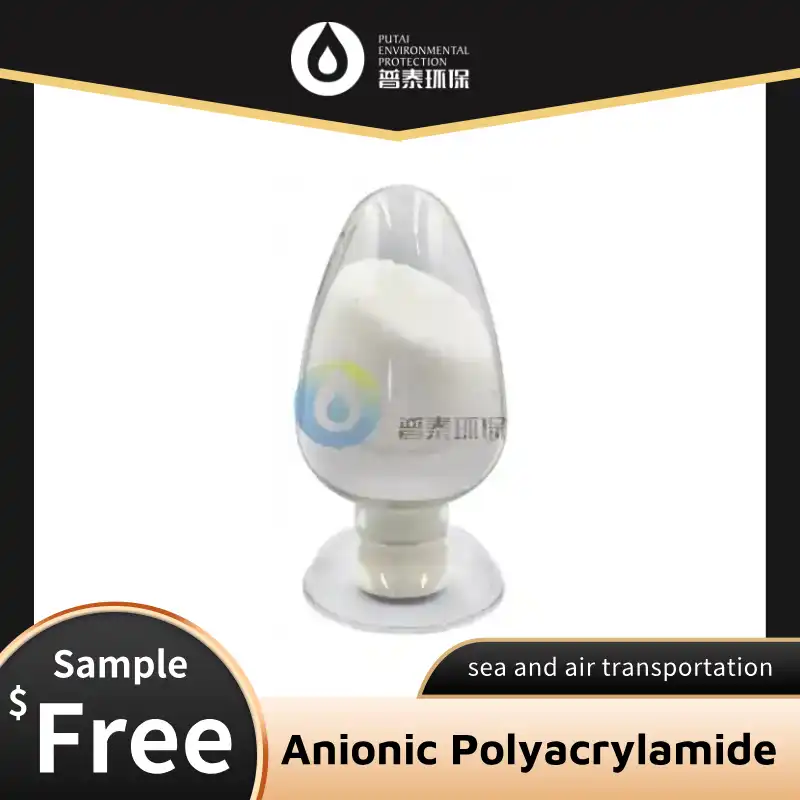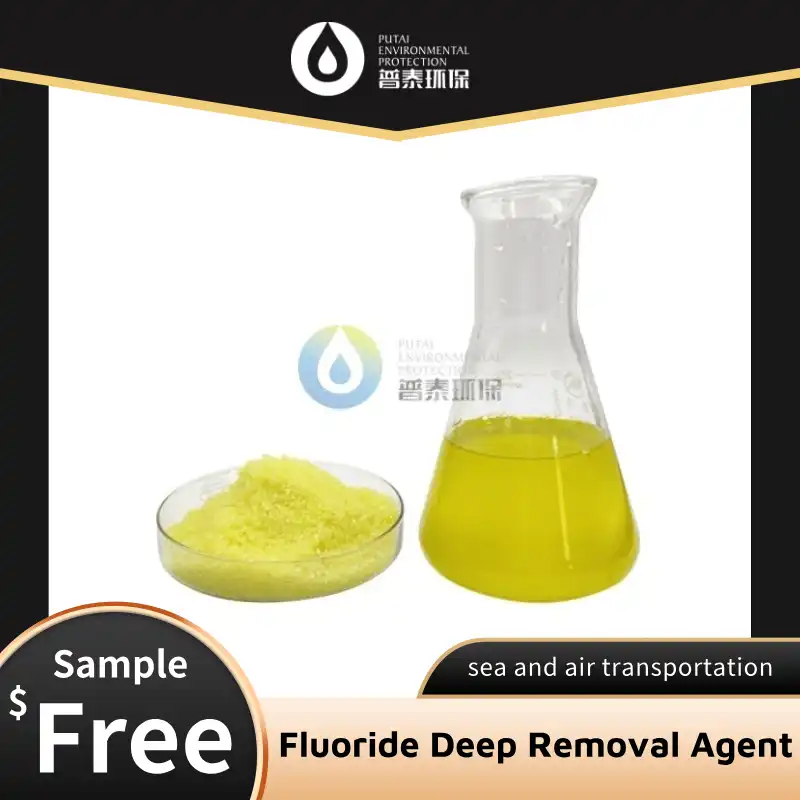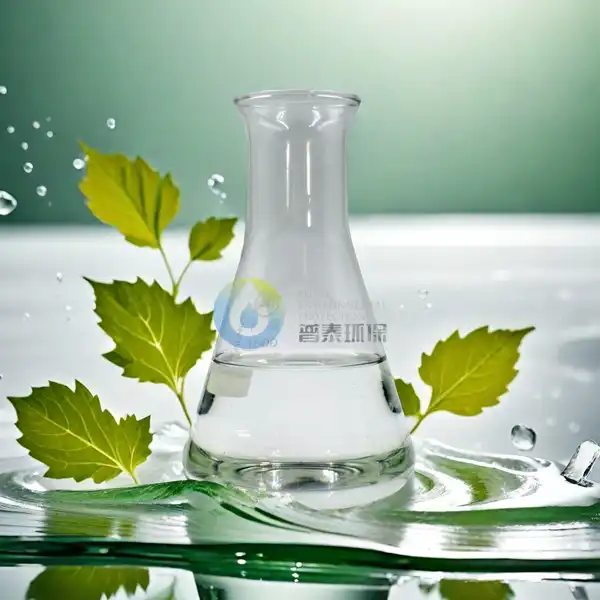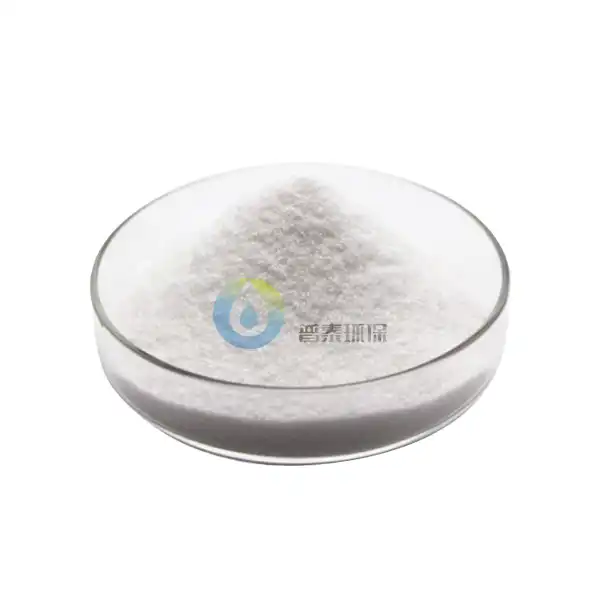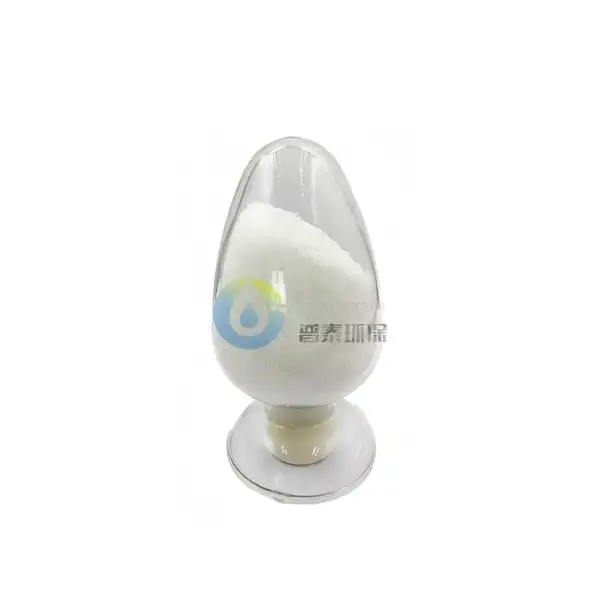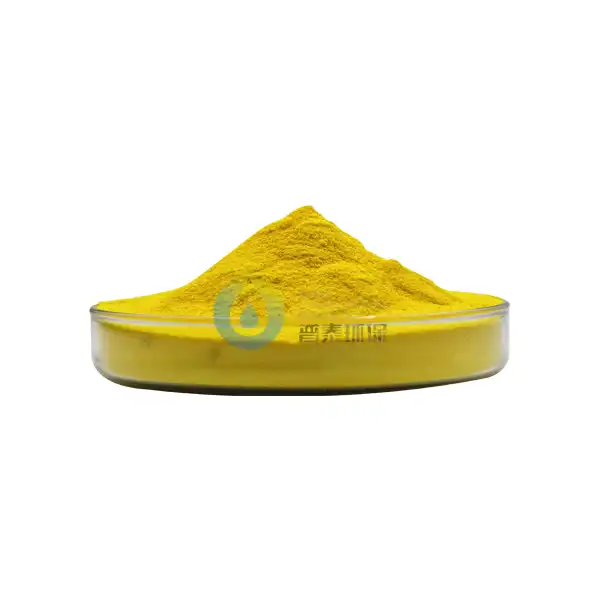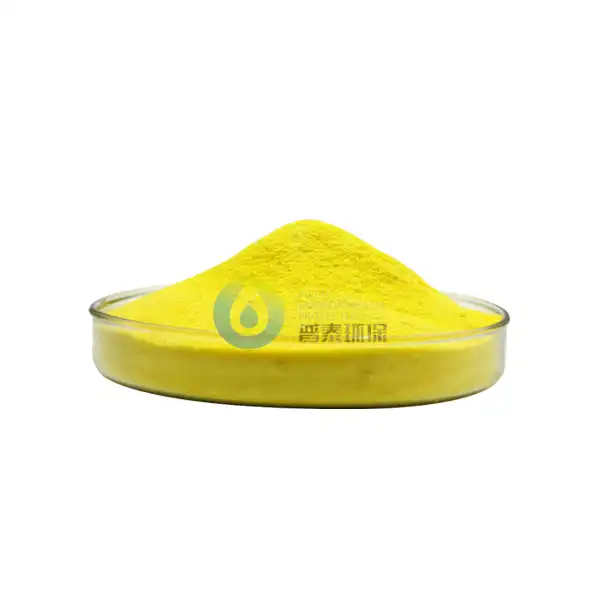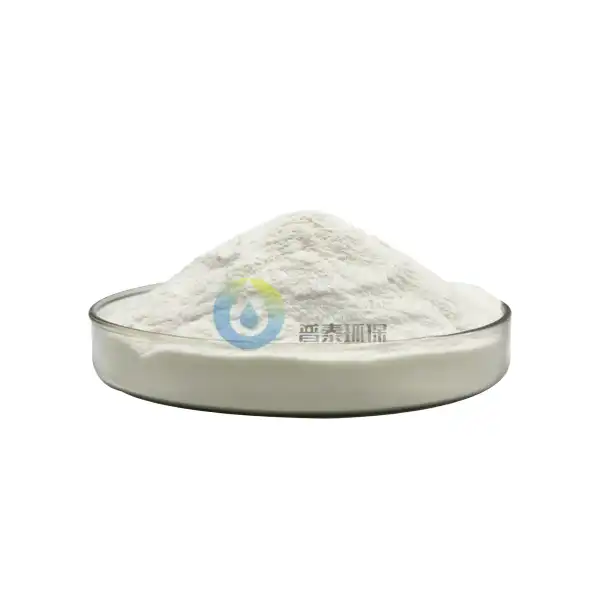How Does PAC Powder Help in Water Purification?
Polyaluminum chloride (PAC) powder has emerged as a revolutionary solution in the field of water treatment. As environmental concerns grow and clean water becomes increasingly scarce, efficient purification methods are more important than ever. PAC powder serves as a powerful coagulant that effectively removes impurities, turbidity, and harmful contaminants from water sources. Its unique chemical properties allow it to outperform traditional water treatment chemicals in many applications, making it a preferred choice for municipal water treatment facilities, industrial wastewater management, and even swimming pool maintenance.
What makes PAC powder an effective coagulant for water treatment?
The chemical composition and functionality of PAC powder
PAC Powder For Water Treatment is distinguished by its unique chemical structure with the formula [Al₂(OH)ₙCl₆₋ₙ]ₘ. The pre-polymerized nature of PAC gives it a high positive charge density, crucial for effective coagulation. When introduced to water, PAC dissociates into positively charged aluminum species that neutralize the negative charges on suspended particles, allowing them to form larger flocs easily removed through filtration or sedimentation. Unlike other aluminum-based coagulants, PAC Powder For Water Treatment maintains effectiveness across a wider pH range (5.0-9.0), reducing the need for additional pH adjustment chemicals. Its polymeric structure also produces less sludge compared to traditional coagulants like aluminum sulfate, resulting in lower disposal costs and environmental impact.
Comparative advantages over traditional water treatment chemicals
PAC Powder For Water Treatment offers several advantages over conventional coagulants like aluminum sulfate and ferric chloride. PAC demonstrates superior performance at lower temperatures and requires 30-50% lower dosages than alum, resulting in significant cost savings. PAC produces flocs more rapidly, and these flocs tend to be larger and heavier, accelerating sedimentation and improving treatment efficiency. The reduced sludge production—often 25-40% less than alum—represents another substantial advantage of PAC Powder For Water Treatment. Additionally, PAC exhibits remarkable storage stability compared to liquid alternatives, with a longer shelf life. Perhaps most importantly, PAC is more effective at removing specific contaminants including heavy metals, organic compounds, and pathogens, providing enhanced protection for public health.
Optimal dosage and application methods for maximum efficiency
Determining the optimal dosage of PAC Powder For Water Treatment requires consideration of raw water quality, treatment objectives, and downstream processes. Water treatment professionals typically conduct jar tests to establish appropriate dosages, usually ranging from 10-100 mg/L depending on contamination levels. For maximum efficiency, PAC should be properly dissolved before application, forming a 5-10% concentration solution. Proper mixing is crucial—PAC should be added at points of high turbulence to ensure rapid dispersion. Typically, a rapid mix (60-100 rpm) for 1-2 minutes followed by slower flocculation mixing (20-40 rpm) for 10-30 minutes yields optimal results. While PAC Powder For Water Treatment works across a wider pH range than other coagulants, its optimal performance is typically achieved between pH 6.0-7.5. Advanced techniques such as split dosing or combining PAC with polymer flocculants can further enhance removal efficiency for specific contaminants.
How does PAC powder remove various contaminants from water sources?
Mechanism of action against suspended particles and turbidity
PAC Powder For Water Treatment removes suspended particles and reduces turbidity through a multi-stage process. When added to water, PAC undergoes hydrolysis, forming polynuclear aluminum species with high positive charges that interact with negatively charged colloidal particles through charge neutralization. This destabilization enables particles to approach one another closely enough for van der Waals forces to promote aggregation. Additionally, PAC forms hydroxide precipitates that create a "sweep floc" effect, physically entrapping smaller particles. The bridging mechanism, where PAC polymers form bridges between particles, further enhances flocculation. PAC Powder For Water Treatment produces visible flocs within seconds of application, and these dense flocs promote faster settling. Studies show PAC can reduce turbidity from levels exceeding 100 NTU to below 1 NTU in properly optimized systems, particularly valuable during challenging conditions like heavy rainfall.
Effectiveness in removing biological contaminants and pathogens
PAC Powder For Water Treatment effectively addresses biological contaminants and pathogens. The coagulation-flocculation process physically removes microorganisms by entrapping them within flocs, reducing microbial loads by 90-99%. The positively charged aluminum species interact with negatively charged microorganism surfaces, potentially causing inactivation beyond mere physical removal. PAC is particularly effective against algae, which pose challenges due to taste and odor compounds and potential toxin production. By precipitating phosphorus, PAC Powder For Water Treatment also limits a key nutrient required for microbial growth. The removal of natural organic matter reduces the substrate available for bacterial regrowth within distribution networks and decreases disinfection byproduct formation potential. When used with traditional disinfectants like chlorine, PAC enhances overall pathogen control by removing particles that might shield microorganisms from disinfection.
Role in heavy metal and chemical pollutant reduction
PAC Powder For Water Treatment addresses heavy metal and chemical pollutant contamination through multiple mechanisms. The aluminum hydroxide flocs provide extensive surface area with numerous binding sites for heavy metals such as lead, cadmium, arsenic, and mercury. This adsorption process transfers toxins from the dissolved state to the solid floc, allowing for removal through sedimentation and filtration. Co-precipitation also occurs, where heavy metals are incorporated into the growing aluminum hydroxide precipitate structure. For arsenic removal, PAC demonstrates particularly strong performance, with removal rates often exceeding 90% under optimized conditions. PAC Powder For Water Treatment also removes various chemical pollutants including industrial dyes, phenolic compounds, and certain pesticides. PAC's effectiveness in removing fluoride from drinking water has made it important for addressing fluorosis in regions with naturally high fluoride levels. Its versatility extends to addressing oil and grease contamination in industrial wastewater.
What are the environmental and economic benefits of using PAC powder in water treatment?
Sustainability advantages compared to alternative treatment methods
PAC Powder For Water Treatment offers substantial sustainability benefits. Its enhanced coagulation efficiency translates to 30-50% lower chemical consumption compared to traditional coagulants, reducing the environmental footprint associated with chemical production, packaging, and transportation. The reduced sludge volume (25-40% less than alternative coagulants) minimizes landfill requirements and disposal impacts. PAC treatment systems generally require less mixing energy due to faster floc formation, and the improved settling characteristics reduce energy demands of subsequent processes. The broader effective pH range means fewer pH adjustment chemicals are needed. PAC's effectiveness at lower dosages means smaller storage facilities and reduced chemical handling risks. From a life-cycle perspective, PAC Powder For Water Treatment typically has a lower overall environmental impact score than equivalent treatment using traditional coagulants.
Cost-effectiveness analysis for municipal and industrial applications
Despite the initially higher cost per unit weight of PAC Powder For Water Treatment (typically 1.2-1.5 times the cost of alum), overall economics are favorable. Lower dosage requirements result in direct chemical cost savings, while reduced sludge production translates to lower disposal costs, which can represent 30-40% of a treatment plant's operational budget. Improved coagulation efficiency often allows for higher flow rates through existing infrastructure, potentially delaying costly facility expansions. For industrial applications, PAC frequently enables water recycling and reuse due to superior contaminant removal. The reduced need for pH adjustment chemicals simplifies process control and decreases operational expenses. Maintenance costs tend to be lower with PAC systems due to reduced chemical scaling and corrosion issues. When all factors are considered, PAC Powder For Water Treatment typically demonstrates a positive return on investment within 1-3 years for most applications.
Long-term impacts on water infrastructure and treatment efficiency
The adoption of PAC Powder For Water Treatment delivers significant long-term benefits for water infrastructure. Reduced coagulant dosage requirements alleviate chemical storage needs, freeing facility space and reducing safety concerns. Lower sludge production eases the burden on solids handling systems, potentially extending their service life. PAC's superior removal of organic matter decreases disinfection byproduct formation potential, helping facilities meet stringent regulatory standards. More complete removal of particles and colloids by PAC Powder For Water Treatment extends filter run times and decreases backwash frequency, reducing water loss and increasing plant efficiency. Distribution system benefits include decreased discoloration events and reduced biofilm formation. For treatment plants facing seasonal challenges, PAC provides operational stability across varying conditions. The effectiveness of PAC in removing emerging contaminants positions facilities to better address future regulatory requirements without major modifications.
Conclusion
PAC powder has revolutionized water purification processes through its superior coagulation properties, broad-spectrum contaminant removal capabilities, and operational advantages. As we've explored, this innovative solution effectively addresses turbidity, biological contaminants, and chemical pollutants while offering significant environmental and economic benefits. The versatility and efficiency of PAC Powder For Water Treatment make it an essential component in ensuring clean, safe water supplies for communities and industries worldwide.
Xi'an Putai Environmental Protection Co., Ltd. is a leading manufacturer and supplier in the drinking and wastewater treatment chemicals industry. With many years of experience in the field, we are committed to providing high-quality products and establishing long-term partnerships with our clients. Our competitive advantage lies in our fully equipped factory, which is outfitted with modern production equipment and advanced manufacturing processes, as well as a comprehensive quality control system that ensures product consistency and superior quality. Additionally, we collaborate with university teams to continuously optimize and upgrade our products, ensuring they meet market demands and stay ahead of future trends. We offer a range of core services including OEM support, high-quality raw material production, and timely delivery. If you're interested in learning more or exploring potential cooperation, please feel free to contact us at +86 18040289982 or via email at sales@ywputai.com. We look forward to the opportunity to work with you.
References
1. Johnson, M., & Williams, R. (2023). Advanced Coagulation Processes in Municipal Water Treatment: The Role of Polyaluminum Chloride. Journal of Water Treatment Technology, 45(3), 278-296.
2. Zhang, L., Li, P., & Chen, X. (2022). Comparative Analysis of Coagulants in Drinking Water Purification: Effectiveness and Environmental Impact. Environmental Science & Technology, 56(2), 1120-1135.
3. Anderson, K. A., & Thompson, J. R. (2023). Heavy Metal Removal Mechanisms in Water Treatment: Focus on Polyaluminum Chloride Coagulation. Water Research, 198, 117123.
4. Patel, H., & Nguyen, T. (2021). Cost-Benefit Analysis of Modern Coagulants in Large-Scale Water Treatment Operations. Journal of Environmental Economics and Management, 106, 102425.
5. Rodriguez, C., Smith, J., & Wang, Y. (2022). Optimizing Coagulation Processes for Emerging Contaminant Removal in Drinking Water. Water Quality Research Journal, 57(4), 229-248.
6. García-Martínez, M., López-García, R., & Chen, H. (2023). Sustainability Assessment of Chemical Coagulants in Water Purification: Life Cycle Analysis Approach. International Journal of Environmental Research, 17(1), 45-62.

